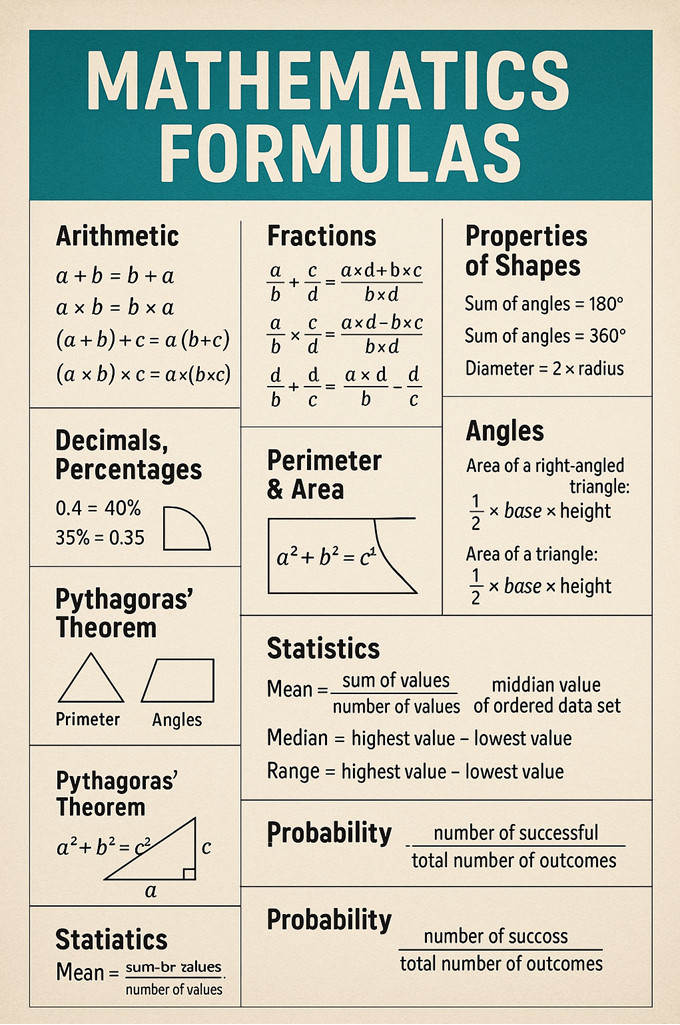
| Website | https://eternallybored.org/ |
| Website | https://eternallybored.org/ |

are you a platform/embedded developer?
do you need to interact with hardware in a semi-custom manner?
would you like to suffer a lot less doing it?
if so, #GlasgowInterfaceExplorer might be for you. the code below is all you need to build a custom testbench for a DUT you've never seen before. just as easily you can add JTAG/SWD debug, protocol analyzers, etc.
do you also need me to spell out for you why i hate liars, buffoons, and snake oil salesmen, why i hate thieves and plagiarists, why i hate the privacy violations of big data, or why i hate corporate slop with any soul or human connection sucked out of it?
why do i hate AI? why the fuck do you think
My silly side project to very slowly generate Markov chain slop for LLM scrapers, wasting their resources, is slowly getting to a usable state:
https://git.rys.io/libre/markov-tarpit/
Basic functionality is there, now I need to figure out how to establish that a given request comes from an LLM scraper, and how to trap them in the Markov chain world.
That's going to be an interesting interplay between nginx, fail2ban, and nftables. 
In my Portable Puzzle Collection, it was recently (a few weeks ago) the 20th birthday of the game "Mines": a reimplementation of Minesweeper which ensures every grid can be solved by reasoning rather than guesswork. The first click in a completely blank grid is guaranteed to be safe, and to open an area of more than one clue, and after that, you can always identify a safe square to open next by thinking about the currently visible clues.
This makes it possible to generate grids with a much higher density of mines than standard randomised Minesweeper, such as the example shown here with 99 mines in only a 16×16 grid. I actually didn't predict that this would be possible when I wrote the grid generator originally: I only expected to be able to play on settings like the standard Windows ones, without those nasty last-minute frustrations. The ability to turn up the density by more than a factor of 2 was a very pleasant surprise – my algorithm was far more effective than I had anticipated!
The odd thing about Mines is: in the past 20 years, this one game has received far more bug reports about insoluble game instances than any other puzzle in my collection. Very likely more than all the other games *put together*.
But not one of those reports has turned out to be a real bug in the grid generation. In cases where they sent a save file or a game ID, I generally played through the game myself to make sure; if they only sent a screenshot, I've always at least pointed out something I could see in the picture. *Everybody* who sent this kind of report turned out to have missed something.
Happy 20th birthday, Mines!
By taking my photo in any context, at any time, you implicitly agree to the terms of this contract: You are disallowed, forever and without exception, from sharing anything containing my image or likeness with any product or service offered by Meta, or with any company that uses the image or likeness of me to train, model, or otherwise support any image capture, generation, facial recognition, AI, or yet to be invented technology. The terms of this agreement are irrevocable in the absence of explicit, written consent signed by my hand using ink and paper.
#enshittification #meta #facialrecognition #AI #generativeAI
People of the Fediverse, stop everything. This is some true shit happening here: Two-Factor Authentication, a thread:
In French, the word for "factor" is "facteur". But it has another meaning: mailman. Yes, the one who delivers letters in your physical mailbox. For this reason, there is a funny meme in French where 2FA is in fact your mailman coming in and confirming that it's you.
